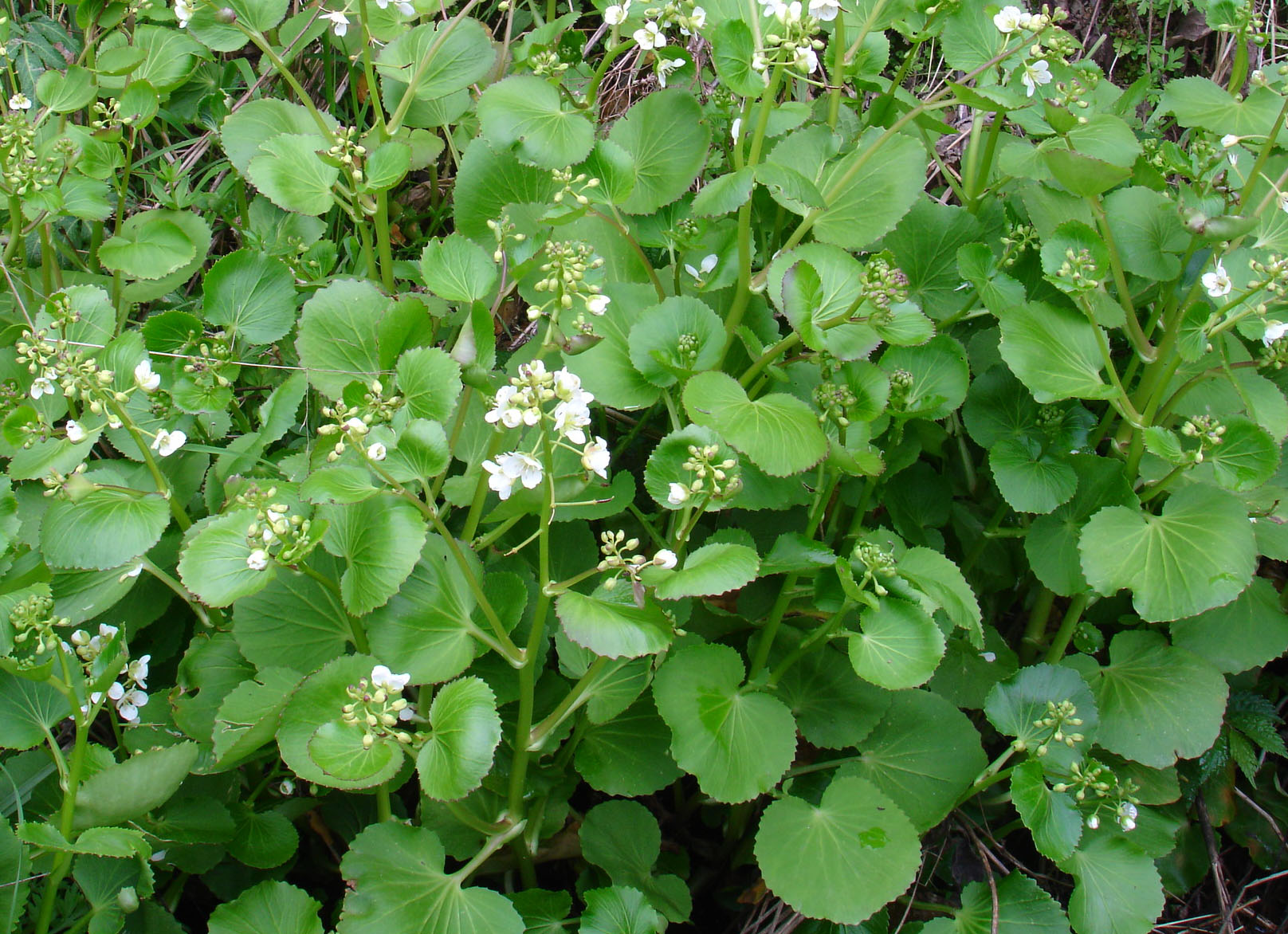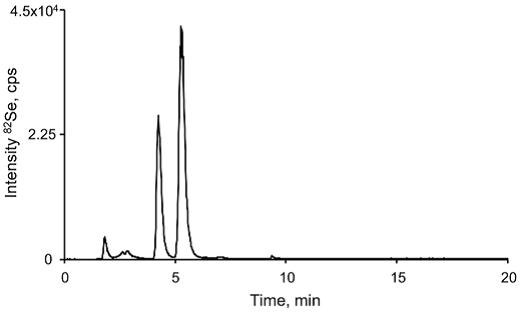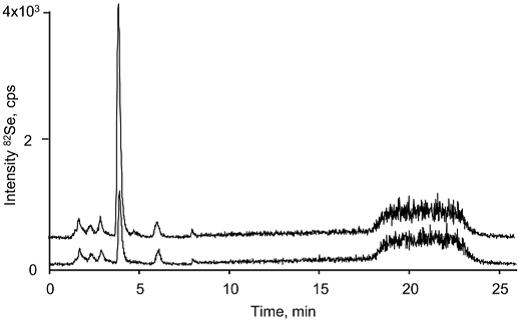Plants are the main source of dietary Se. There are some wild plants that accumulate and transform Se into bioactive compounds naturally. Se-accumulating plants not only can be used in remediating Se polluted environment but also have potential to improve people's diets or even to create cancer-fighting foods(Salt et al., 2004).
Since the enrichment capacities of Se in different plant species vary greatly, it is necessary to select Se hyperaccumulator plant in order to successfully perform the strategy of Se biofortification and phytoremediation of Se contaminated soils.
In 2007, a research team led by Prof. SHAO Shuxun from the Institute of Geochemistry of the Chinese Academy of Sciences (IGCAS) discovered a Se hyperaccumulator (Cardamine violifolia) in China for the first time in Enshi, Hubei province. Since identified, Cardamine violifolia has been exploited to extract Se supplement material of foods by large scale cultivation in Enshi Prefecture.
The mechanism of Se uptake and enrichment in hyperaccumulator plant is the theoretical basis for the development of Se biofortification and phytoremediation, which has been a hot scientific issue in Se research. Recently, Prof. SHAO’s group further studied the mechanism of Se enrichment of Cardamine volifolia through the international collaboration with Dr. Mihaly Dernovics in Szent István University, Hungary.
By means of HPLC-ICP-MS and LC-ESI-QTOF-MS, the researchers identified that the most abundant selenium compound in Cardamine volifolia was Selenolanthionine, which accounted for 40% of total Se (3.7g/kg). Se hyperaccumualtor plants are found for the first time to contain such high levels of Selenolanthionine.
The result uncovers that the hyperaccumulator plant seems to tolerate and detoxify high Se by transforming inorganic Se to Selenolanthionine, a nontoxic Se amino acid. This new finding may establish the theoretic foundation of Se metabolism for revealing the mechanism of Cardamine volifolia hyperaccumulating Se.
Furthermore, due to Selenolanthionine’s important applications in the biopharmaceutical field, the high levels of Selenolanthionine found in Cardamine volifolia may benefit the further development of the novel anticancer and antibiotic drugs.
The research project was funded by the National Science Foundation of China. The relevant research results titled “Selenolanthionine is the major water-soluble selenium compound in the selenium tolerant plant Cardamine violifolia”were published in Biochimica et Biophysica Acta.
 |
|
Fig. 1. Cardamine violifolia (Image by IGCAS)
|
 |
|
Fig. 2. SCX-ICP-MS chromatogram of the synthesized selenolanthionine standard after 100× dilution of the final reaction mixture. The peak eluting at 5.3min refers to residual selenocystine, while selenolanthionine eluted at 4.3min. (Image by IGCAS)
|
 |
|
Fig. 3. SCX-ICP-MS chromatograms of the C. violifolia water extract (lower chromatogram) and that of the water extract spiked with the synthesized selenolanthionine standard (upper chromatogram). (Image by IGCAS) |
Contact:
SHAO Shuxun
Institute of Geochemistry, Chinese Academy of Sciences
E-mail: shaoshuxun@vip.gyig.ac.cn
(By Prof. SHAO Shuxun’s group)